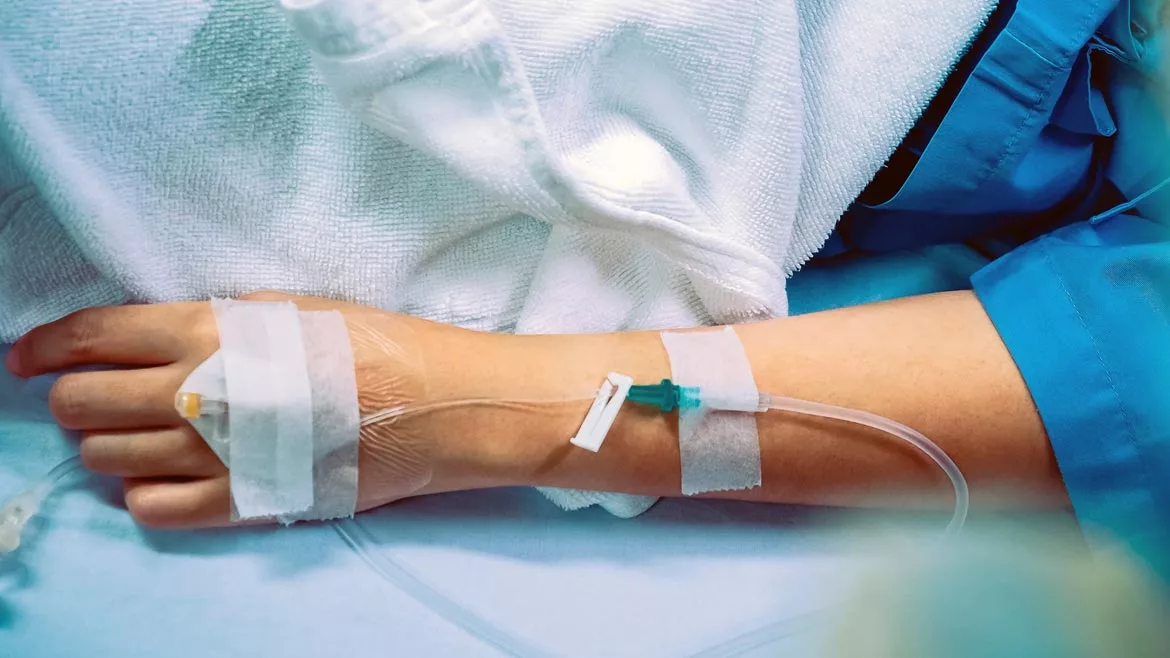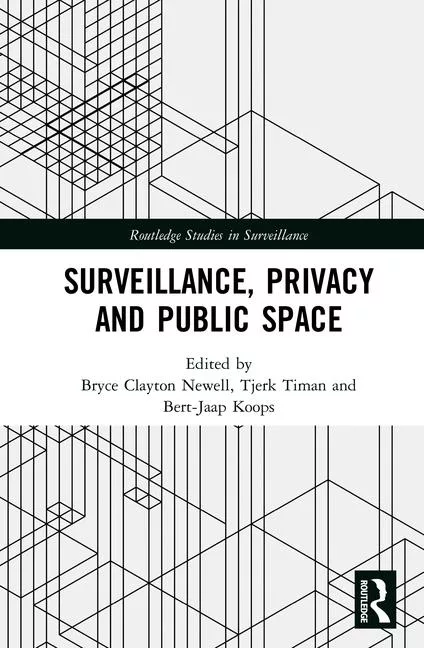Global News
The intersection of public health and security

ponsulak / iStock / Getty Images Plus via Getty Images
As the COVID-19 pandemic taught a lot of security leaders, the public isn’t entirely prepared for a public health disaster. Whether from completely natural causes or as a result of bioterrorism, plans need to be made to ensure the health and safety of everyone involved.
Trust for America’s Health (TFAH) released its annual report on how prepared different parts of the U.S. are for a health disaster. According to the report, nine states moved up within their three-tier rating system. This comes as a result of increased funding, improved resource access or state initiatives to promote health and safety. Nine states fell within the system for a variety of reasons, including losing accreditation from the Emergency Management Accreditation Program.
A major aspect to ensuring public health is healthcare staff. Healthcare workers are often under stress, and face additional risks such as workplace violence from patients or peers. To improve national emergency response, 37 states participated in the Nurse Licensure Compact, which allows registered nurses to practice in multiple jurisdictions with a single license. When there’s an outbreak or natural disaster, security leaders in these states can make plans on how to increase their healthcare staff to meet the demand.
The report also analyzed information and data sharing in regards to health emergencies. Having access to accurate data is critical in an emergency. However, the challenge is collecting and safely storing this data, according to the report. Increased cyberattacks and data breaches have made individuals hesitate before providing their full information, making it difficult to gain a clear picture. Building strong data protection systems are essential in ensuring security leaders have all the information they need. This will increase patient trust and also strengthen a healthcare facility’s cyber resilience.
Looking for a reprint of this article?
From high-res PDFs to custom plaques, order your copy today!








